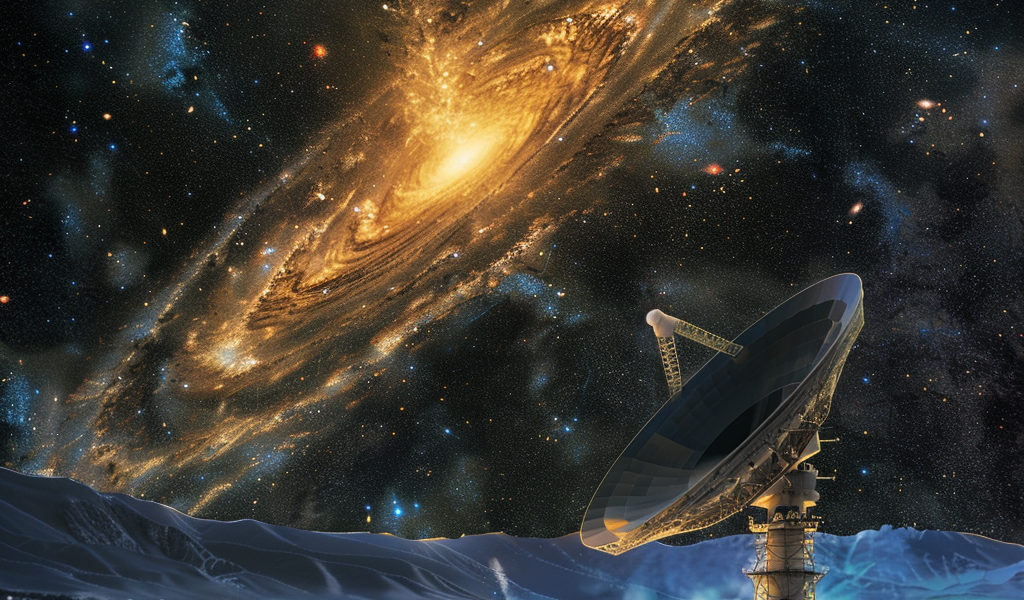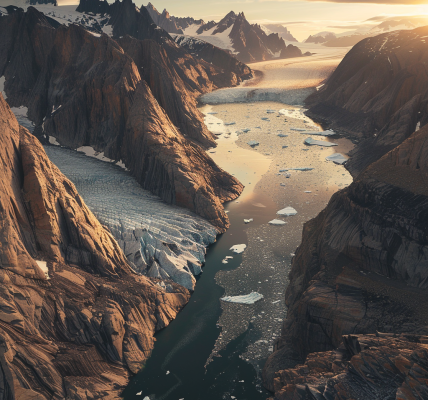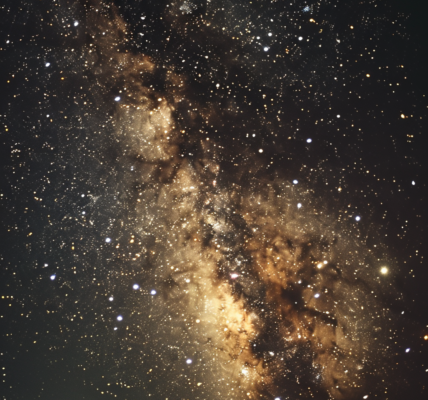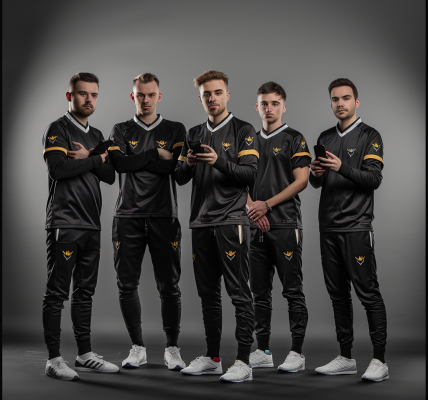Five years ago, on April 10, 2019, the Event Horizon Telescope — a matrix of radio observatories situated around the world that turn the Earth into one giant radio telescope — captured something incredible: The first-ever image of the hollow depths of a black hole. The clear, almost simplistic image provides the strongest evidence that black holes actually exist and that they match what theoretical physicists predicted. Now, astronomers are attempting something even more surreal: The first-ever movie of a black hole — and it might look like a flipbook.
More than 400 scientists are now collaborating on the next generation of the Event Horizon Telescope (EHT). They are taking snapshots of the supermassive black hole at the center of galaxy Messier 87 (M87) — which is the black hole they took that original image of five years ago — to see how it changes over time. EHT has set a goal of making the video by 2026. The movie will probably be a synopsis of scenes taken over two months.
The appearance of black hole M87* changes from one image to the next, taken a year apart. EHT published the April 11, 2017 observation two years later in 2019. EHT published the 2018 observation (right) in January 2024. In one Earth year, the brighest peak of the ring shifted by about 30 degrees, according to EHT. EHT COLLABORATION
If EHT succeeds at its current negotiations for funding and booking global telescope access during the optimal observation months of March and April, the researchers working on the project could turn the images taken every third day into a moving picture. “We have half a year left to convince everyone that we can do this,” Remo Tilanus, research prof





